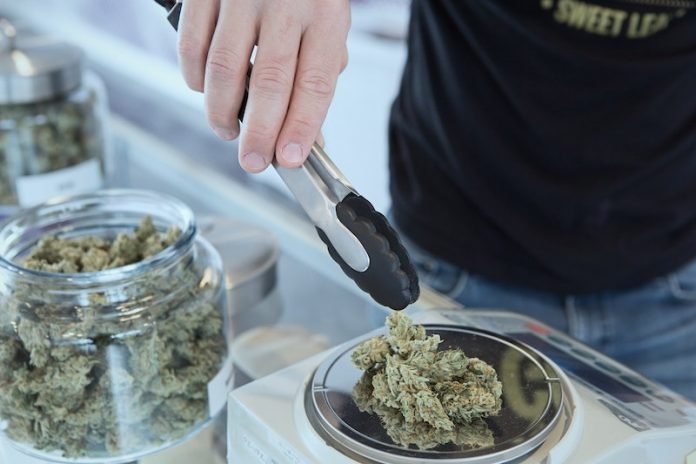
In two new studies, researchers found that frequent cannabis use was linked to an increased risk of stroke and people diagnosed with cannabis use disorder were more likely to be hospitalized for heart rhythm disturbances (arrhythmias).
In one study, a team at George Mason University found people who used cannabis frequently and also smoked cigarettes or used e-cigarettes were three times more likely to have a stroke compared to non-users.
They found that cannabis users who did not use tobacco products but reported using cannabis for more than 10 days a month were nearly 2.5 times more likely to have a stroke compared to non-users.
The cannabis users were also more likely to be heavy drinkers, current cigarette users, and e-cigarette users, which may have also influenced their risk, even though the researchers adjusted for those factors in their analysis.
Participants in the study included more than 43,000 adults aged 18 to 44, of whom nearly 14% reported using cannabis in the last 30 days.
Compared with non-users, marijuana users were often younger, non-Hispanic white or black were less likely to be college graduates and were often physically active.
The team says young cannabis users, especially those who use tobacco and have other risk factors for strokes, such as high blood pressure, should understand that they may be raising their risk of having a stroke at a young age.
Physicians should ask patients if they use cannabis and counsel them about their potential stroke risk as part of regular doctor visits.
In the second study, a team from the Griffin Memorial Hospital found that people diagnosed with cannabis use disorder had a 50% greater risk of being hospitalized for an arrhythmia compared to non-users.
Cannabis use disorder is characterized by frequent, compulsive use of marijuana, similar to alcoholism.
In this study, young African American men with the disorder, between 15 to 24 years of age, had the greatest risk of being hospitalized for arrhythmia, although cannabis use disorder was more common among white men, 45 to 54 years of age.
While some arrhythmias are benign, others can be life-threatening.
The effects of using cannabis are seen within 15 minutes and last for around three hours. At lower doses, it is linked to a rapid heartbeat. At higher doses, it is linked to a too-slow heartbeat.
The risk of cannabis use linked to arrhythmia in young people is a major concern, and physicians should ask patients hospitalized with arrhythmias about their use of cannabis and other substances because they could be triggering their arrhythmias.
The study findings are presented at the American Heart Association’s Scientific Sessions 2019 and published in Stroke.
Copyright © 2019 Knowridge Science Report. All rights reserved.



